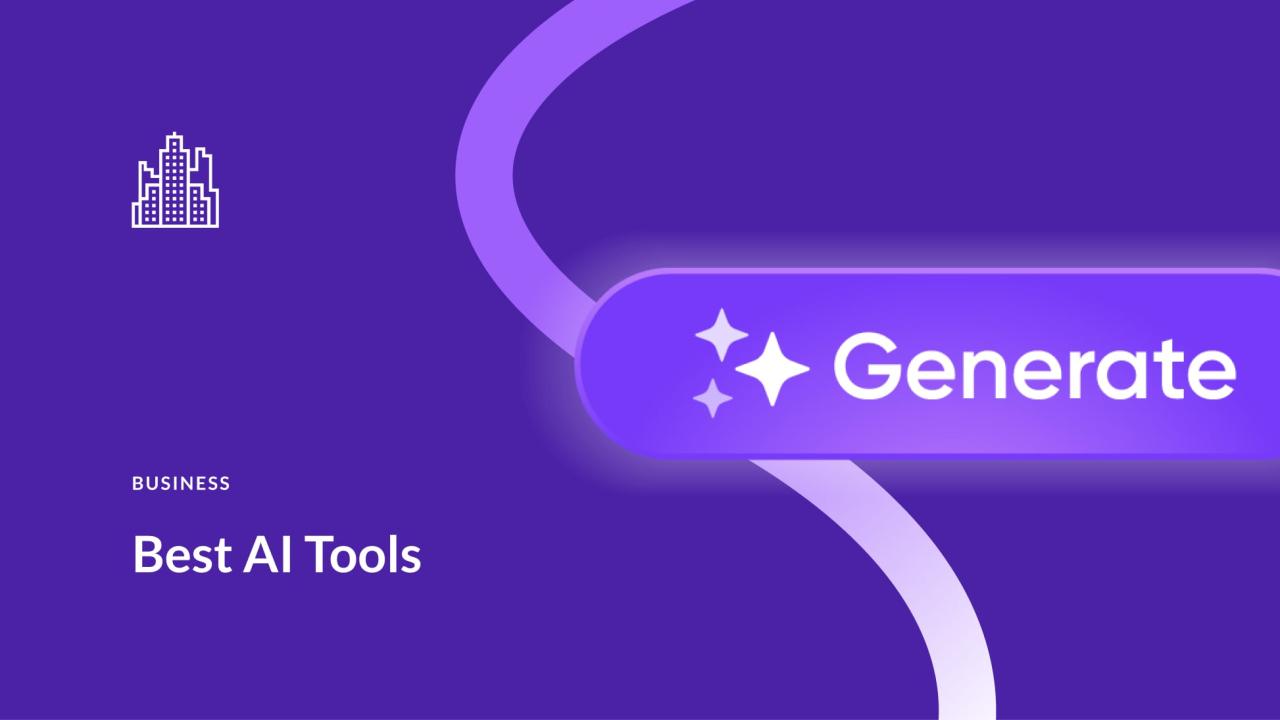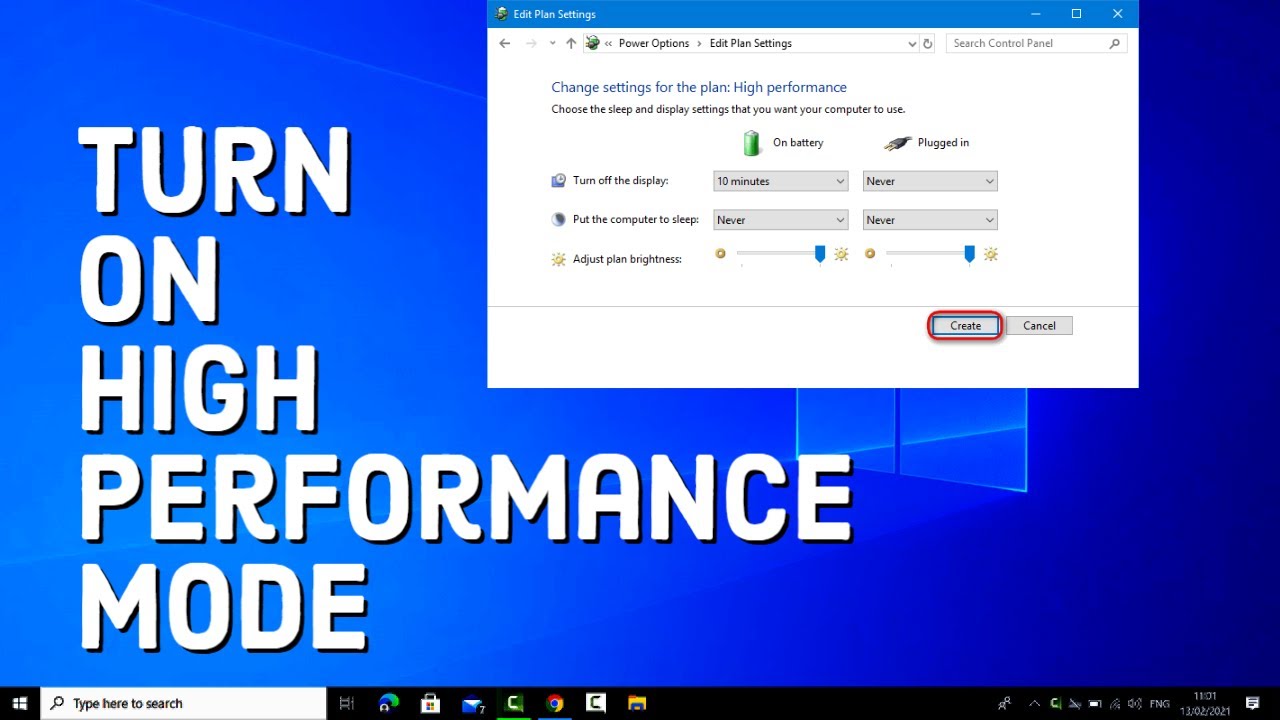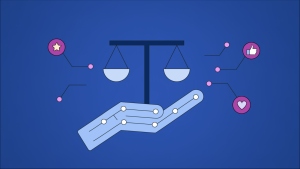Must-Have Apps for Remote Work & Collaboration
Remote work is no longer a temporary shift—it’s the new normal. What began as an emergency solution during global lockdowns has now become a preferred work style for millions. As companies embrace hybrid models and freelancers thrive in digital-first environments, the importance of reliable, intuitive, and secure tools has grown exponentially.
From communication and project management to file sharing and virtual brainstorming, the right apps can make or break your remote workflow. Whether you’re managing a global team or just trying to stay productive from your home office, here are the must-have apps for remote work and collaboration in 2025.
1. Slack – Centralized Team Communication
Slack has become the virtual watercooler of remote teams. It replaces long email threads with real-time messaging and allows you to organize conversations by channels—whether it’s for departments, projects, or casual chats.
Why it’s essential:
-
Seamless integration with over 2,000 tools (Google Drive, Trello, GitHub, etc.)
-
Powerful search function for finding old messages or shared files
-
Ability to create public or private channels
-
Emoji reactions and threads to reduce clutter
Slack also supports voice and video calls, though it’s often paired with Zoom or Google Meet for larger meetings.
2. Zoom – Video Conferencing Done Right
Video meetings are crucial for remote teams, and Zoom continues to dominate in 2025. It’s known for its reliability, clean interface, and ability to handle anything from 1-on-1 check-ins to webinars with thousands of attendees.
Key features:
-
HD video and audio quality
-
Breakout rooms for group collaboration
-
Screen sharing with annotation tools
-
Integration with Google Calendar and Slack
While there are plenty of alternatives like Microsoft Teams and Google Meet, Zoom remains the go-to for many due to its stability and feature-rich environment.
3. Trello – Visual Project Management
Trello uses boards, lists, and cards to help you organize and prioritize tasks. It’s simple, intuitive, and particularly helpful for agile teams or anyone who thrives with visual cues.
Top benefits:
-
Drag-and-drop functionality for task progression
-
Checklists, labels, and due dates for clarity
-
Automation with “Butler” to reduce repetitive work
-
Integration with tools like Slack, Dropbox, and Google Drive
Whether you’re managing a team or tracking your own to-do list, Trello is a lightweight yet powerful solution for project management.
4. Notion – All-in-One Workspace
Notion has evolved into the Swiss Army knife for remote workers. It combines notes, databases, calendars, and wikis into a single workspace, eliminating the need to juggle multiple tools.
Why remote teams love Notion:
-
Create team dashboards, personal task boards, and project docs in one place
-
Use templates to set up roadmaps, meeting notes, and OKRs
-
Real-time collaboration with comments and mentions
-
Syncs across desktop and mobile seamlessly
Notion is particularly popular with startups, creators, and tech teams thanks to its flexibility and clean design.
5. Google Workspace – Cloud-Based Collaboration
Google Workspace (formerly G Suite) remains a remote work essential. With Docs, Sheets, Slides, Gmail, Calendar, and Drive all tightly integrated, it’s an ecosystem built for collaboration.
Standout features:
-
Real-time co-editing of documents and spreadsheets
-
Easy sharing and permission management
-
Version history to track changes
-
Seamless communication between Gmail, Meet, and Calendar
For teams working across time zones, Google Workspace allows asynchronous and synchronous collaboration without friction.
6. Microsoft Teams – Communication + Collaboration Powerhouse
Microsoft Teams combines chat, meetings, file storage, and app integrations in one place. It’s ideal for businesses already using Microsoft 365, offering a unified hub for teamwork.
Highlights:
-
Deep integration with Word, Excel, PowerPoint, and OneNote
-
Persistent chat threads organized by teams and channels
-
Built-in video conferencing and whiteboarding
-
Enterprise-grade security features
Teams is best suited for organizations that rely heavily on the Microsoft ecosystem.
7. ClickUp – All-In-One Productivity Platform
ClickUp is gaining traction as a robust alternative to Trello, Asana, and Jira. It brings together task management, goals, docs, time tracking, and dashboards under one roof.
Why it stands out:
-
Fully customizable views: List, Board, Calendar, Gantt
-
Task dependencies and priorities for complex workflows
-
Collaboration via comments, mentions, and document editing
-
Built-in chat and whiteboard features
ClickUp’s versatility makes it suitable for everyone—from solopreneurs to large enterprises.
8. Miro – Collaborative Whiteboarding
Brainstorming remotely can be challenging without a whiteboard. That’s where Miro comes in. It’s a digital whiteboard that allows real-time visual collaboration for teams spread across the globe.
Great for:
-
Design sprints and mind mapping
-
Strategy and planning sessions
-
Team retrospectives and feedback
-
Product roadmaps and wireframing
With Miro, teams can sketch, add sticky notes, comment, and even embed files in a shared canvas that evolves with the project.
9. Dropbox & OneDrive – Cloud File Sharing
File sharing remains a core part of remote workflows. Dropbox and Microsoft OneDrive offer secure cloud storage and easy file syncing across devices.
Key benefits:
-
Share large files with expiring links or password protection
-
Automatic backup of work files
-
Real-time collaboration within Office or Google Docs
-
Offline access to critical documents
Both services offer integration with other collaboration tools and work well in cross-platform environments.
10. Krisp – Noise Cancellation for Clearer Calls
Remote workers often deal with unpredictable environments—kids, pets, traffic. Krisp is a lightweight app that removes background noise from both ends of a call, making meetings smoother and more professional.
Features:
-
Works with Zoom, Teams, Meet, and Slack calls
-
AI-powered noise removal and voice enhancement
-
Acoustic echo cancellation
-
Lightweight, with no impact on call performance
In 2025, clear communication is not optional. Tools like Krisp help remote workers maintain professionalism no matter where they are.
Tips for Choosing the Right Tools
Having too many apps can actually hinder productivity. Before adopting a new tool, consider these questions:
-
Does it solve a specific pain point?
-
Can it integrate with tools we already use?
-
Is it secure and compliant with industry standards?
-
How steep is the learning curve for the team?
It’s also worth conducting quarterly reviews of your tech stack to eliminate redundant tools and optimize workflows.
The Future of Remote Collaboration
As AI continues to integrate into remote work tools—whether it’s summarizing meetings, writing emails, or analyzing productivity patterns—the emphasis will shift toward intelligent automation and seamless user experience. The goal? To empower humans, not replace them.
Already, tools like Notion AI and Microsoft Copilot are enhancing productivity by reducing manual tasks. Expect more collaboration tools to bake in AI that anticipates your needs and streamlines your workday.
Final Thoughts
Remote work isn’t just about working from anywhere—it’s about working smarter. The right apps can transform scattered tasks into streamlined processes, disconnected teams into cohesive units, and chaotic workflows into predictable systems.
Whether you’re freelancing, leading a distributed team, or just trying to stay organized while working from home, the tools above aren’t just “nice-to-haves”—they’re essential for thriving in the modern digital workplace.
Your tech stack is your remote office. Choose wisely.

With years of experience in technology and software, John leads our content strategy, ensuring high-quality and informative articles about Windows, system optimization, and software updates.












![7 Common Windows 10 Errors And How To Fix Them [2020] - TechDipper](https://windows12download.com/wp-content/uploads/2023/04/Windows-10-Errors-300x169.jpg)

Post Comment
You must be logged in to post a comment.